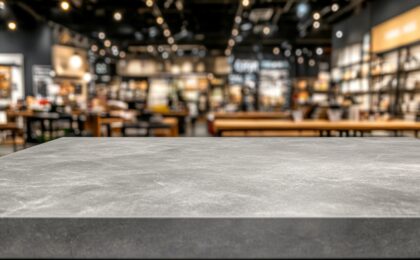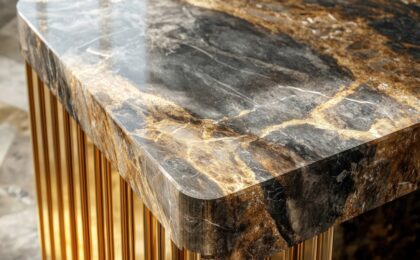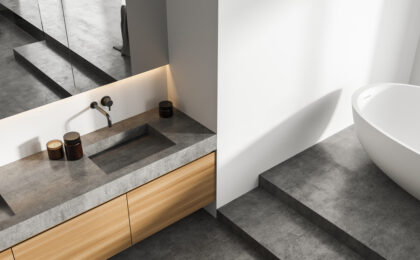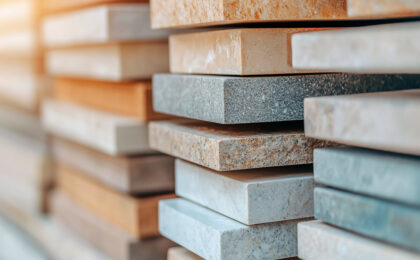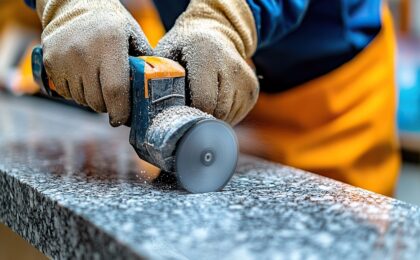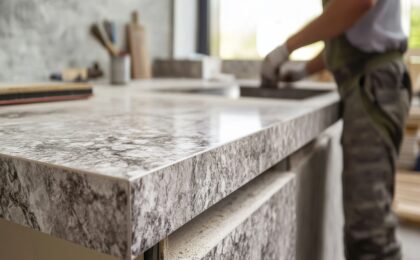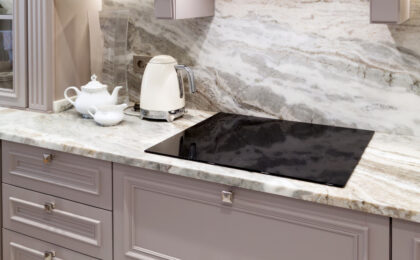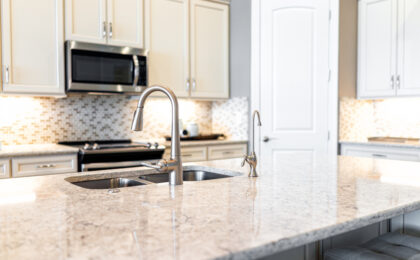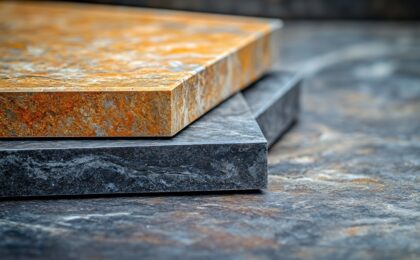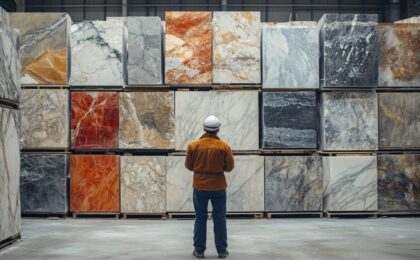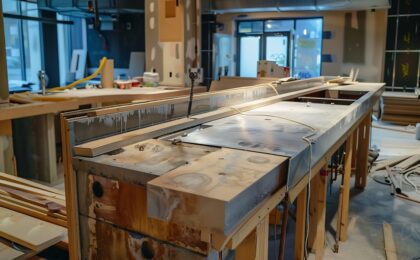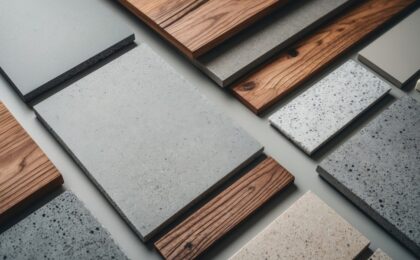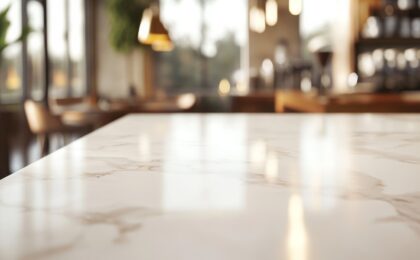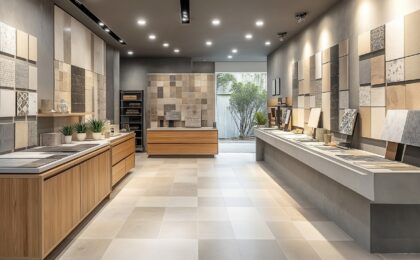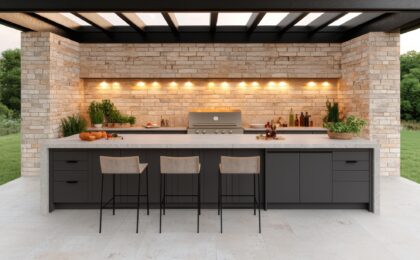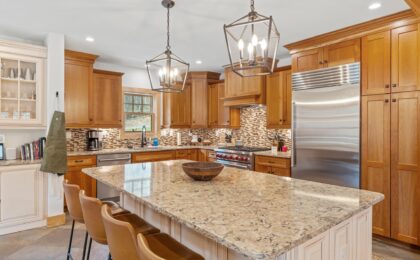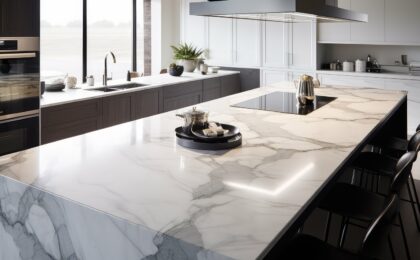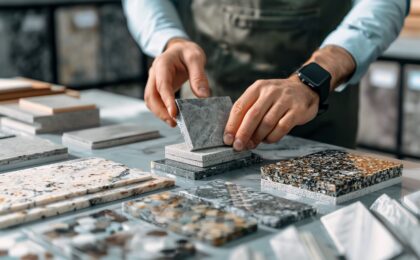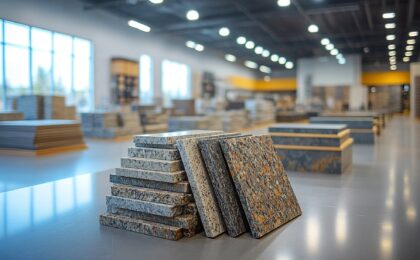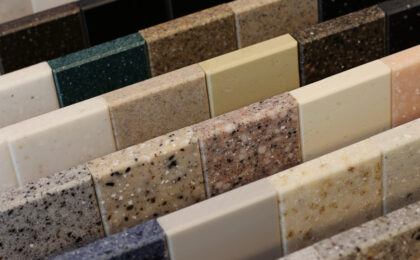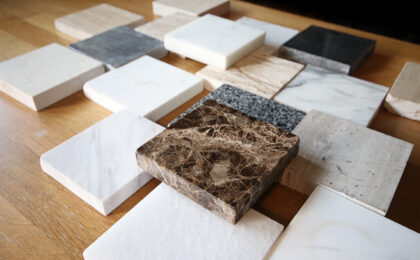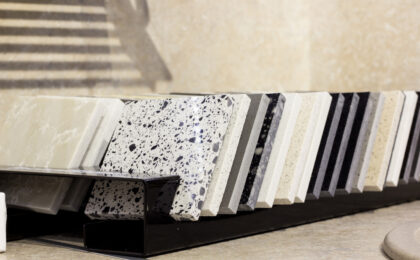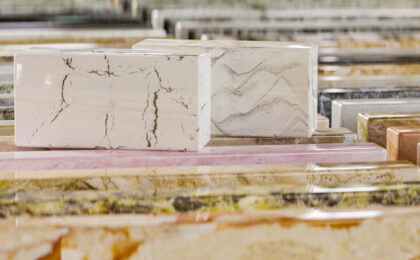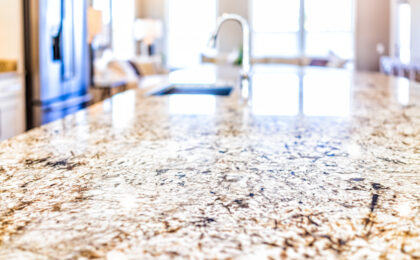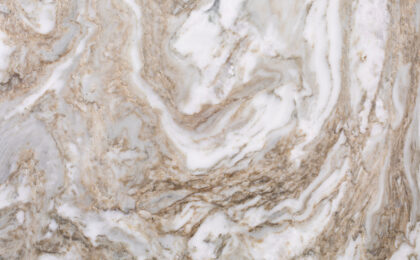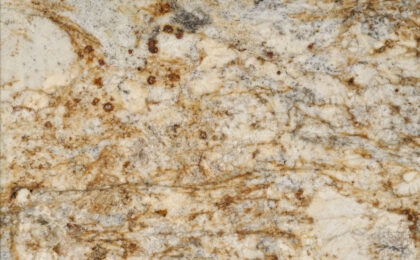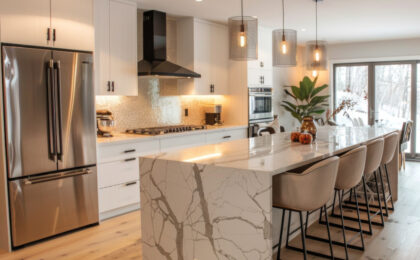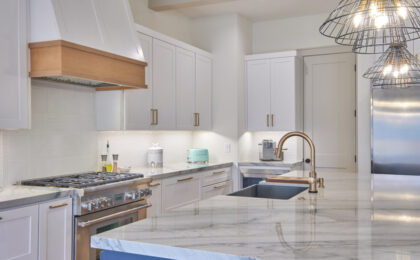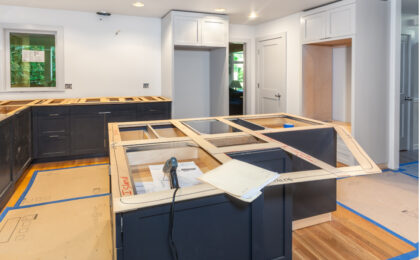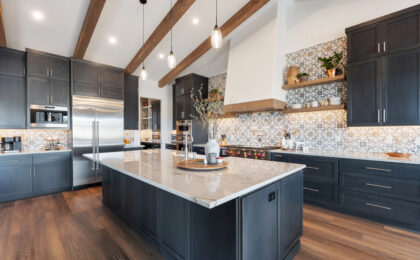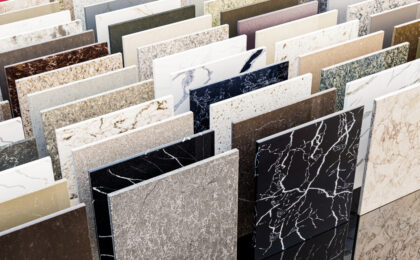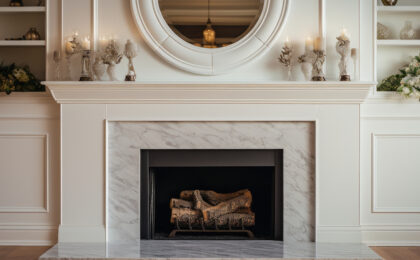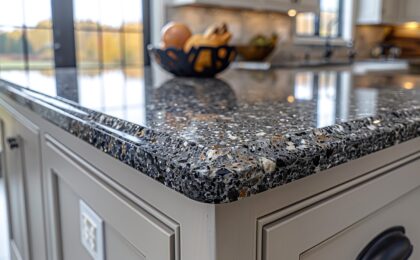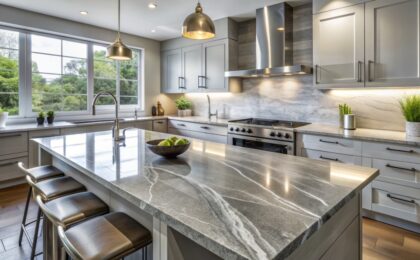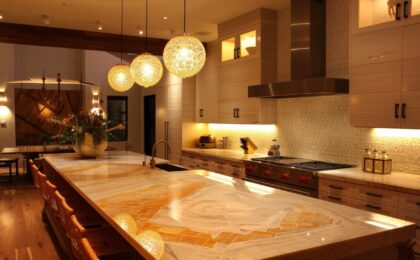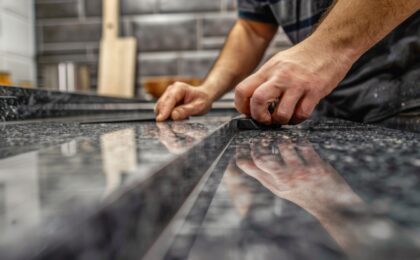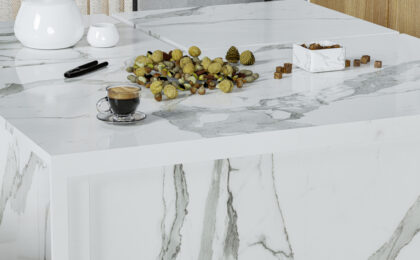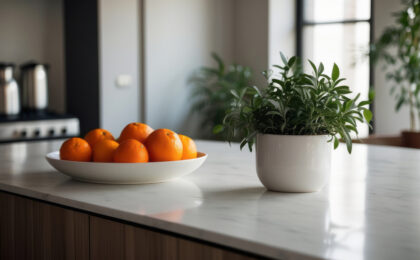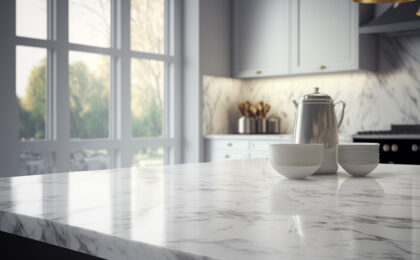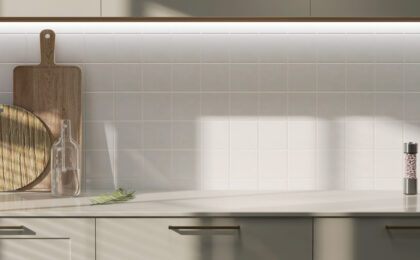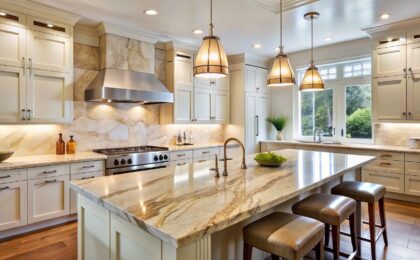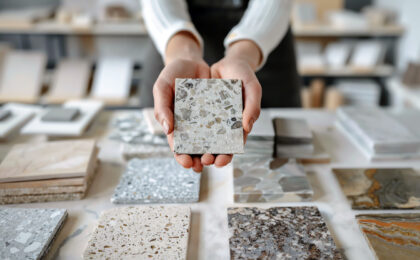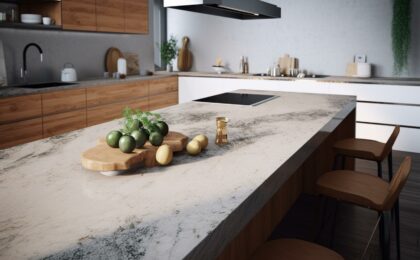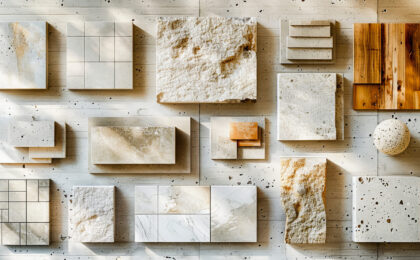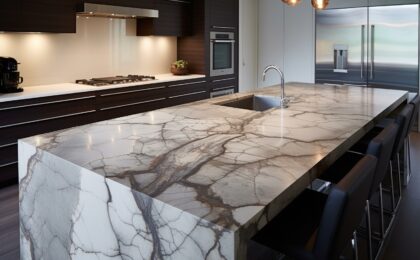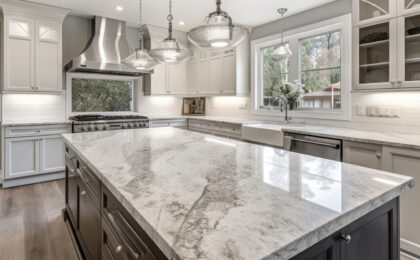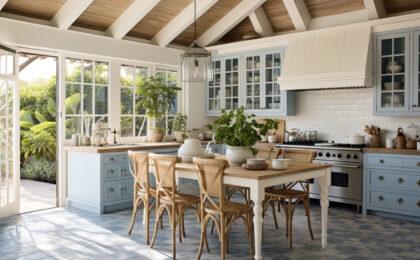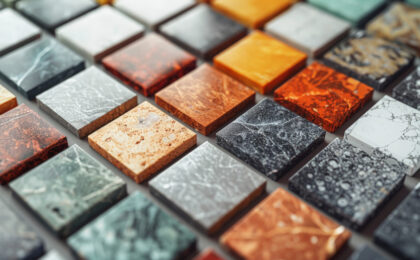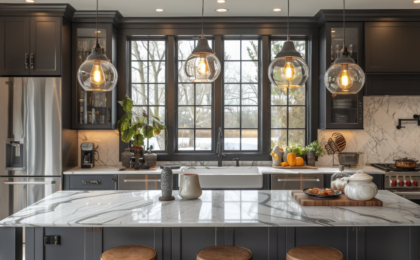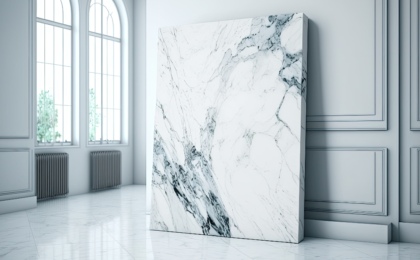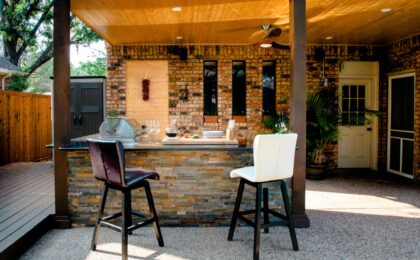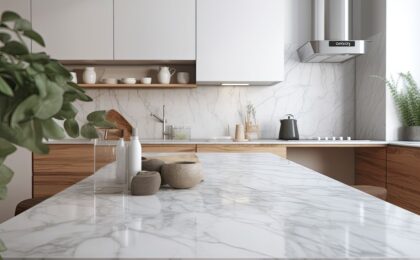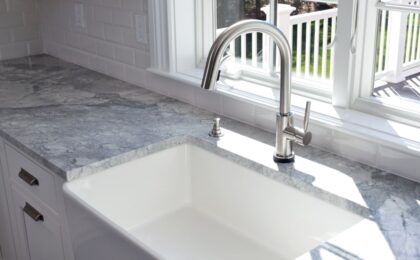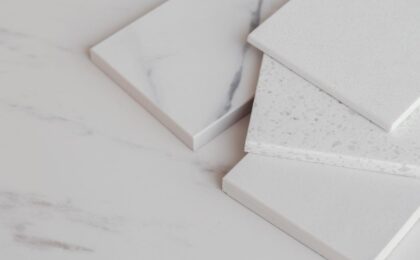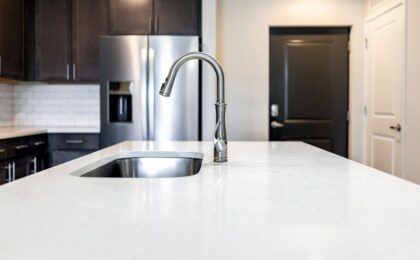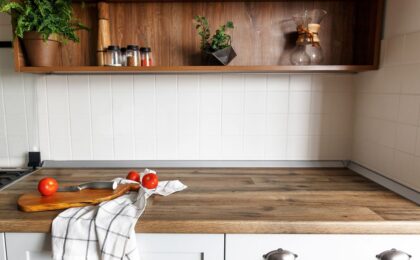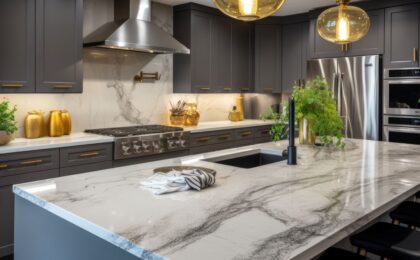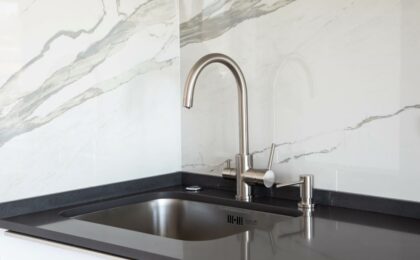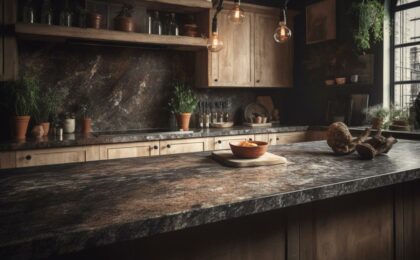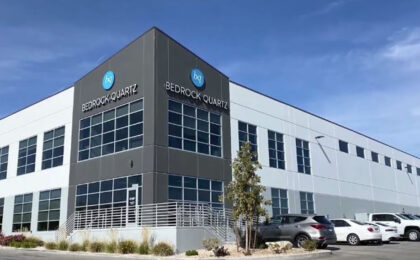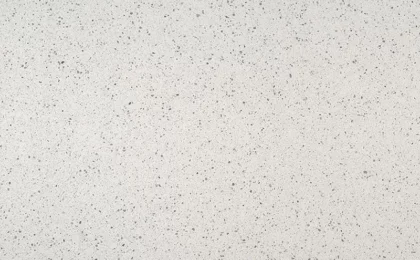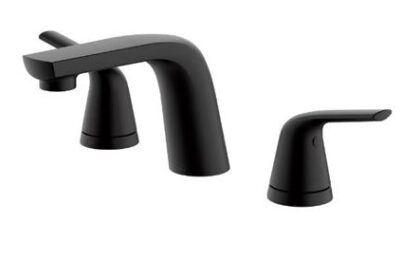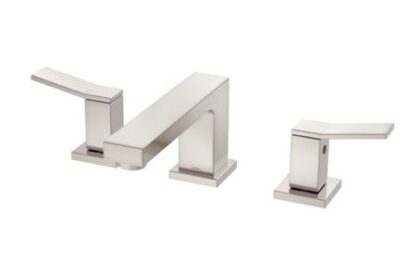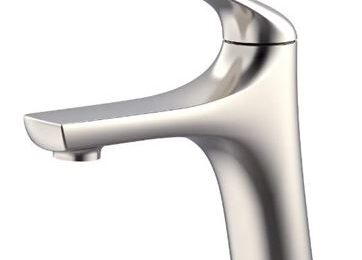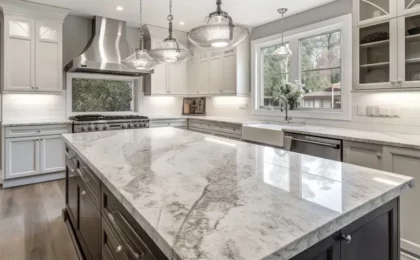Marble and granite countertops are appreciated for many different reasons. Near the top of the list is aesthetic beauty. There is something truly unique about the colors and veining patterns found on naturally occurring marble and granite. We like to consider it nature’s incredible artistry.
Speaking specifically of veining patterns, do you know where they come from? Do you know what causes veins and why no two slabs of rock are exactly identical? If not, sit tight. We have put together this post to explain the details. What you are about to learn might surprise you.
A Long Artistic Process
The veining patterns found in large slabs of granite and marble are created by nature. But veining isn’t created overnight. Rather, it is a long and artistic process that requires plenty of time. You also need mineral-rich water and porous stone ready to accept that water.
Natural veining is the result of a 3-step process, as follows:
Step #1: Mineral Infiltration
The first step is for mineral-rich water to sleep through the cracks, pores, and fissures in the rock. Without veining, the rock is technically not considered granite or marble. But that is a different topic for another post. The point is that the water carries a variety of minerals into the rock. Those minerals come in different colors.
Step #2: Crystallization
Mineral-rich water seeping into the rock doesn’t necessarily leave as easily as it got in. In fact, the water tends to evaporate over time. It leaves behind the minerals. As the water evaporates, the minerals solidify into crystals that are then embedded in the previously open spaces.
Step #3: Vein Formation
Over many years and water cycles, minerals gradually build up in the rocks’ open spaces. Different colors and sizes of minerals are what ultimately create the veining patterns we see when marble and granite are harvested. Veins can be dark and thick, light and wispy, and anything in between.
Also know that veining patterns do not follow straight lines. This is because the cracks and fissures in the source rock aren’t straight either. They occur pretty randomly, which explains why veining patterns are random.
Don’t Forget Heat and Pressure
While time and mineral-rich water are the main drivers of veining in marble and granite, heat and pressure can also play a role. When rock is exposed to intense heat, the high temperatures can influence how minerals align themselves and crystallize. Long and wavy veins tend to be the result of long-term exposure to heat.
As for pressure, it can impact how mineral-rich water flows through rock. For example, some cracks and fissures can be made larger due to pressure. New cracks and fissures can open where none existed before, allowing more water to seep in.
Veining Patterns in Marble and Granite Countertops
The veining patterns you see in marble and granite are the result of nature doing what it does. But just in case you are curious, things don’t work the same way in terms of quartz countertops. Even though quartz is a naturally occurring mineral, it doesn’t occur in large slabs that can be cut for countertops. Quartz countertops are manufactured by combining quartz minerals with resins and pigments.
Manufacturers can manipulate the pigments to influence overall color. They can even use specialized pigments to simulate veining patterns eerily similar to what you would see in natural stone.
And now you know what causes veining in granite and marble. It is nature’s artistry and something that looks stunning in any modern kitchen. If you are looking to install new kitchen countertops, we cannot recommend marble or granite strongly enough. Visit one of our Utah showrooms to begin designing your dream kitchen.


